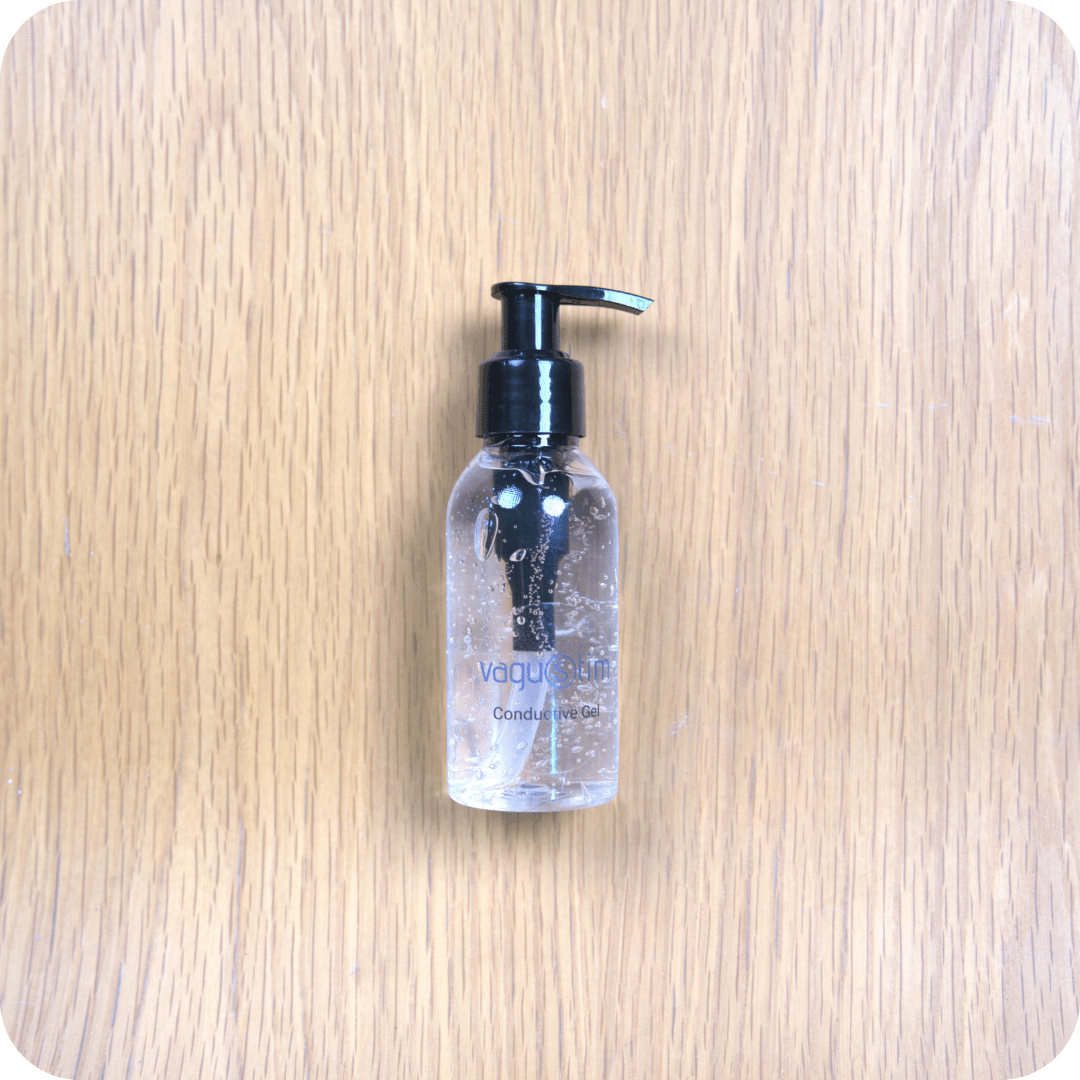Purpose: This study aims to investigate the effects of transcutaneous auricular vagus nerve stimulation (taVNS) on key parameters, including nerve conduction velocity, grip strength, pain, and upper extremity functionality in individuals with carpal tunnel syndrome (CTS).
Methods: The study involved 51 patients (90 hands) diagnosed with carpal tunnel syndrome, comprising 12 males and 39 females, ranging in age from 18 to 58 years. Participants were divided into groups by random randomization method. Sensory branch conduction velocity of the median nerve was assessed via electromyography (EMG), hand grip strength was measured using a digital dynamometer, and pain intensity was quantified with a visual analog scale (VAS); additionally, upper extremity functionality was evaluated using the Upper Extremity Functional Index (UEFI) scale before and after the treatment. In the experimental group, in addition to the conventional physiotherapy program, 10 sessions of auricular vagus nerve stimulation were administered; for the sham and control groups, the conventional physiotherapy program alone was conducted over the course of 10 sessions.
Results: The analysis revealed no statistically significant differences between the groups concerning variables such as body mass index (BMI), age, gender, educational background, and smoking status (p>0.05). However, within-group evaluations exhibited significant differences compared to baseline values in terms of nerve conduction velocity, pain perception, and upper extremity functionality, with no such difference observed in grip strength (p<0.05). The intergroup comparisons indicated a significant difference in favor of the experimental group across all parameters, except for grip strength (p<0.05); conversely, no substantial differences were observed between the sham and control groups (p>0.05).
Conclusion: The findings suggest that the adjunctive use of taVNS alongside conventional rehabilitation programs in individuals diagnosed with CTS results in increased sensory nerve conduction velocity and enhanced upper extremity functional capacity, accompanied by a reduction in pain; nevertheless, grip strength remains unaffected.
Keywords: Cranial Nerve X, Carpal Tunnel, Nerve Conduction Studies




